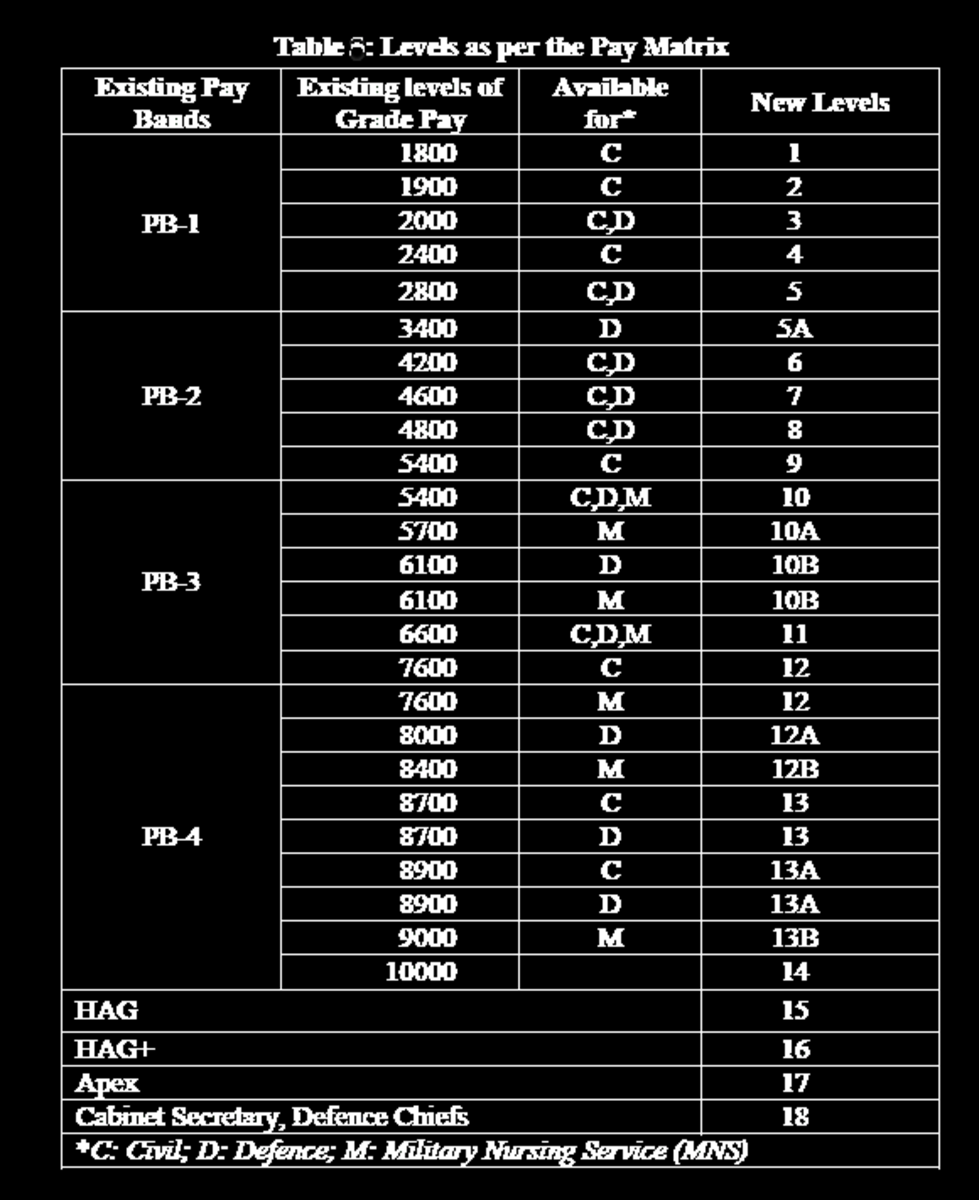Salaries of the Best Jobs in the USA

© 2012 by Aurelio Locsin.
Figuring out what the best jobs in the country can be subjective, based on a person’s abilities, interests and job responsibilities.. However, the decision can also come from objective criteria, such as best employment, highest salaries or education. The Bureau of Labor Statistics provides this information as of May 2011.
Best Paying
Another objective criterion for best employment is the number of available jobs. A job that offers millions of positions offers more chances at work than one with only a few thousand possibilities. The job with the most opportunity in the country belonged to retail salespeople, with 4.27 million out of the total 128.2 million working positions. Average salaries were $25,130 per year, or $12.08 per hour, which was less than the mean salary of $45,230 per year, or $21.74 per hour, made by all workers. The position requires no formal education because salespeople normally receive training from their employers through supervisors, formal programs or more experienced employees. They can also progress to supervisory or management positions.
Best Employment
Another objective criterion for best employment is the number of available jobs. A job that offers millions of positions offers more chances at work than one with only a few thousand possibilities.The job with the most opportunity in the country belonged to retail salespeople, with 4.27 million out of the total 128.2 million working positions. Average salaries were $25,130 per year, or $12.08 per hour, which was less than the mean salary of $45,230 per year, or $21.74 per hour, made by all workers. The position requires no formal education because salespeople normally receive training from their employers through supervisors, formal programs or more experienced employees. They can also progress to supervisory or management positions.
Highest Demand
Those wanting to prepare for a future career may want to go for positions with the highest demand, as predicted by the Bureau of Labor Statistics from 2010 to 2020. Topping this list are personal care aides, with predicted increases of 70 percent, and home health aides, with increases of 69 percent. Both provide residential care to the sick or disabled, which requires no formal education. However, the latter works for agencies that receive government funding and must meet minimum care standards. Annual average earnings for the positions ran $20,560 for personal care and $21,820 for home health. The highest demand profession requiring a college degree belonged to biomedical engineers, with expected growth of 61.7 percent. Their average wages were an annual $88,360, or $42.48 hourly.
The Advantages of Education
Though it incurs extra expenses, a higher education level rewards job holders with better salaries. In 2011, according to the Bureau of Labor Statistics, the median weekly earnings for all workers was $797. Consider how those median weekly salaries differed by educational level:
- No high school diploma: $451
- High school diploma: $638
- Associate degree: $768
- Bachelor’s degree: $1,053
- Master’s degree: $1,263
- Doctoral degree $1,551
- Professional degree: $1,665
Unemployment rates fell as educational levels rose, with an average 7.6 percent. Those with less than a high school diploma suffered unemployment of 14.1 percent, high school diplomas showed unemployment of 9.4 percent, bachelor’s degrees had 4.9 percent and professional degrees were at 2.4 percent.
Please rate this hub
Resources
- U.S. Bureau of Labor Statistics
The Bureau of Labor Statistics is the principal fact-finding agency for the Federal Government in the broad field of labor economics and statistics.









